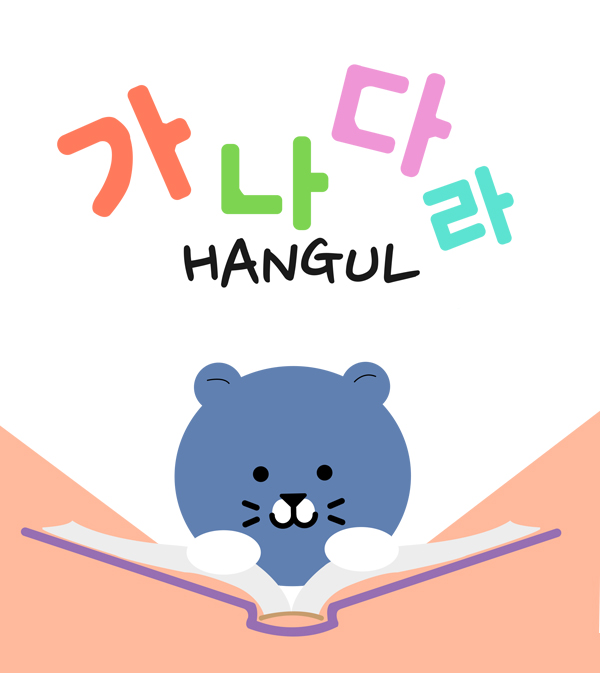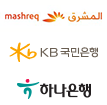Language:한글(Hangul)
관련링크
본문

Language:한글(Hangul)
The King Sejong the Great created language called Hangul(한글) background image is the very first book he wrote and it says why he
created the Hangul and how it use.
The Korean Alphabet, or Hangul (한글 ) is the native alphabet of the Korean language.
It was created by the King Sejong the Great and during the Joseon Dynasty in 1443, and is now the official script of both North Korea
and South Korea.
Hangul is a true alphabet of 24 consonant and vowel letters. However, instead of being written sequentially like the letters of the Latin alphabet, Hangul letters are grouped into blocks, such as 한 han, each of which transcribes a syllable.
That is, although the syllable 한 han may look like a single character, it is composed of three letters: ㅎ h, ㅏ a, and ㄴ n. Each syllabic
block consists of two to five letters, including at least one consonant and one vowel. These blocks are then arranged horizontally from
left to right or vertically from top to bottom. The number of possible blocks is 11,172, though there are far fewer possible syllables in
Korean, and not all possible syllables actually occur.
Initially, the Korean alphabet had been called 'Hunminjeongeum,' which translates to 'the proper guiding alphabet of the people,' and
consisted of 28 letters.
Then, four letters have been dropped as it became known as Hangeul during the modern history of Korea. Hunminjeongeum or Hangeul is not only easy to learn and convenient to use, but also unique and scientific.
Furthermore, it is possible to spell every speech out in Hangeul characters. In recognition of such virtues, UNESCO inscribed
Hunminjeongeum Haeryebon (Guidebook) on its Memory of the World Register in October 1997.














 Mashreq
Mashreq  Kook min bank
Kook min bank 


